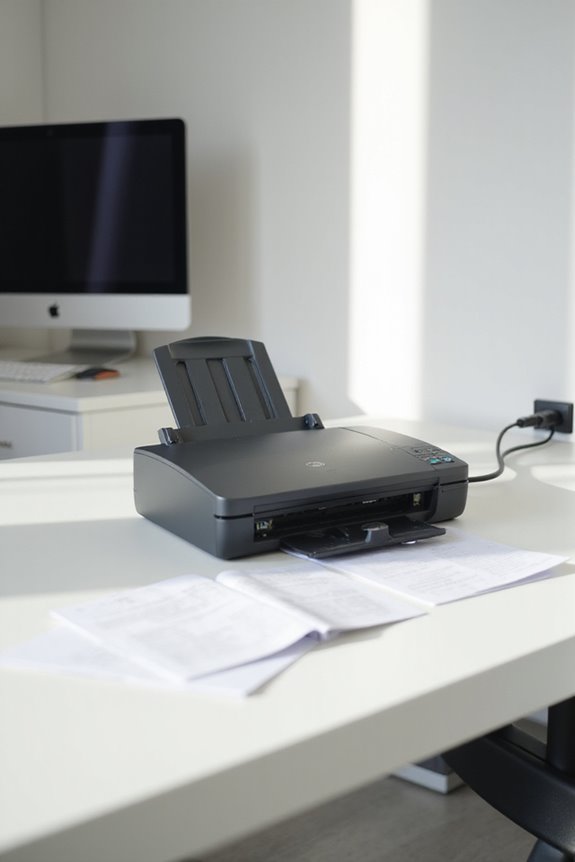To effectively use your scanner warranty and extended coverage, we should first register the warranty and keep the proof of purchase handy. It’s essential to understand exclusions, like damage from misuse, which typically aren’t covered. Extended warranties may add 2-3 years of coverage, including parts and repairs. We should weigh the cost against potential savings from costly repairs. If we follow the claims process carefully, we can guarantee smooth repairs or replacements. Stay tuned for more insights.
Key Takeaways
- Register your scanner warranty immediately upon purchase to activate coverage and ensure access to repairs and support services.
- Keep all proof of purchase and serial numbers handy, as they are essential for processing warranty claims effectively.
- Understand the limitations of your warranty, including exclusions for accidental damage and consumable parts, to avoid unexpected costs.
- Consider purchasing an extended warranty to cover additional years and potential onsite repairs, enhancing the scanner’s longevity.
- Familiarize yourself with the claims process, including necessary information and submission methods, to ensure a smooth repair experience.
Understanding Your Standard Scanner Warranty
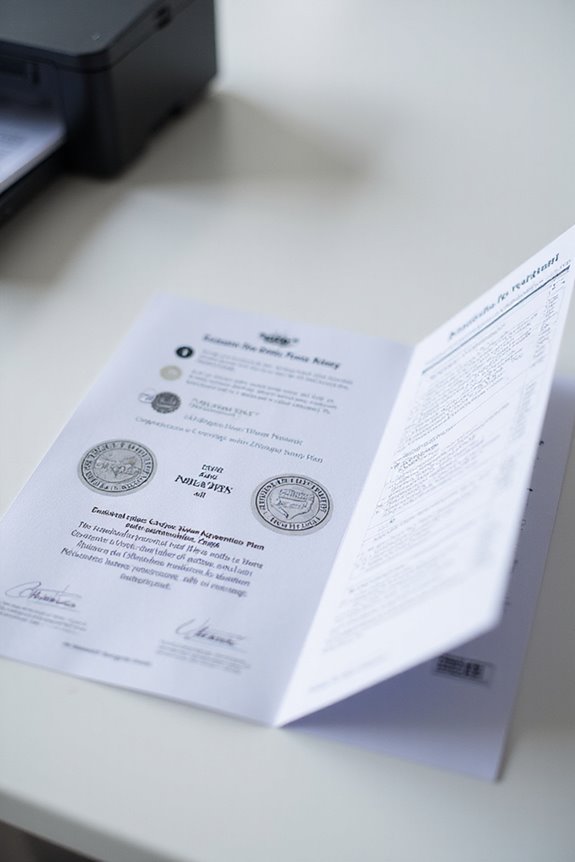
When it comes to understanding your standard scanner warranty, it’s essential to know what you’re actually getting. These warranties typically cover defects in material and workmanship during normal use, which can be vital for ensuring your device operates smoothly. Key scanner warranty features often include hardware repairs and sometimes even labor costs. It’s important to recognize the significance of warranty registration; registering your scanner activates the warranty, ensuring you receive the coverage you’re entitled to. Keeping proof of purchase and serial numbers handy allows for seamless claims. Additionally, some manufacturers offer excellent support, including phone assistance and advance exchange services, which can greatly reduce downtime. So, familiarizing ourselves with these details helps us make informed decisions for future warranty needs. Furthermore, consider the security features of your scanner, as this can impact the overall value of your warranty and coverage.
Knowing the Limitations of Your Warranty
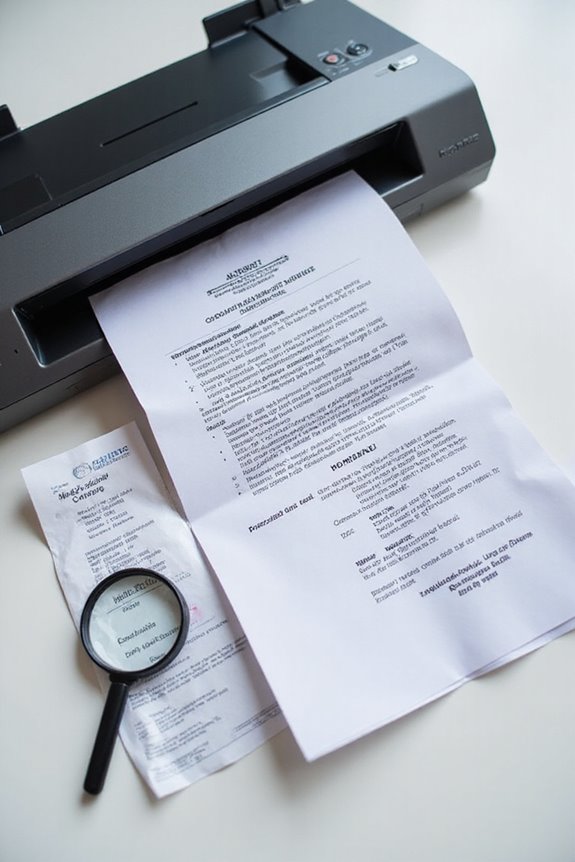
Understanding the features of your scanner warranty is only half the picture; we also need to recognize its limitations. Warranty exclusions often include consumable parts and typical wear and tear, leaving us responsible for those costs. It’s essential to note that damages from misuse or accidents aren’t covered, which can lead to unexpected expenses. Coverage limits can vary widely, depending on the product and manufacturer, often spanning from 90 days to three years. We should also keep in mind that proof of purchase is necessary for claims, and expired warranties leave us without support. By knowing these limitations, we can better navigate the warranty claims process and avoid pitfalls that could catch us off guard. Regular maintenance with cleaning cards can help prevent issues that may lead to warranty claims.
Exploring Extended Warranty Options
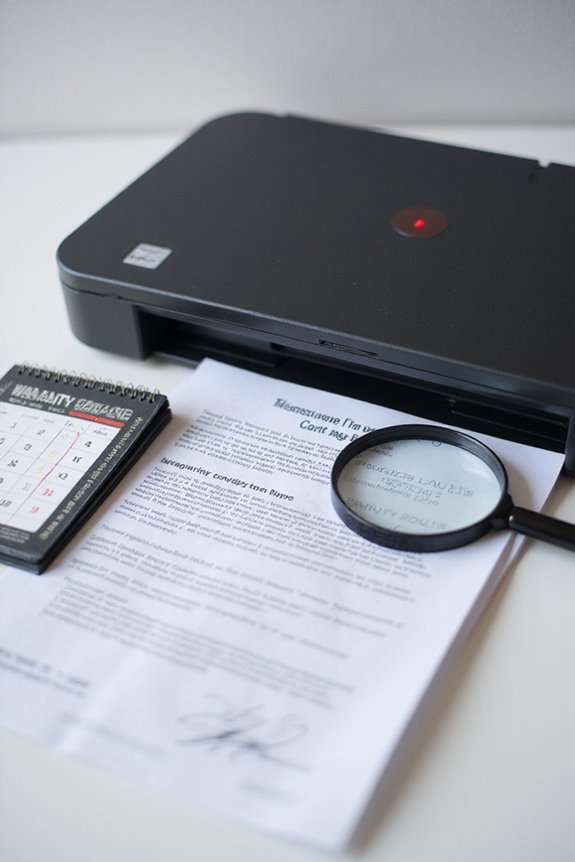
Exploring extended warranty options can greatly enhance our confidence in the longevity of our scanner investments, especially since standard warranties typically don’t last beyond a few years. We have several extended warranty types to evaluate, which can extend our coverage up to 2-3 years. These plans often include additional parts replacement and labor costs, protecting us from unexpected repairs. We might also find coverage options that offer on-site repairs, allowing for quicker resolutions and less downtime. By investing in extended warranties, we gain peace of mind and can potentially increase our scanner’s resale value. It’s crucial to compare various offerings based on duration and services to find the best fit for our needs and usage. Additionally, considering the average lifespan of professional scanners is essential when assessing the value of extended coverage options.
Assessing the Need for Accidental Damage Protection
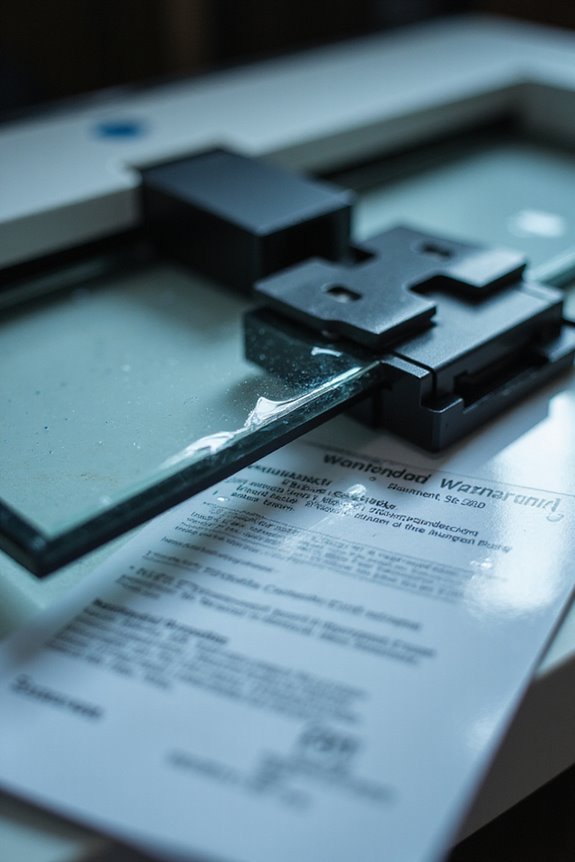
How important is it for us to contemplate accidental damage protection for our scanners? Evaluating our accident frequency and user habits is essential. In environments where our scanners face drops or spills, the risk of damage increases. Users who frequently transport portable scanners may find they’re at greater risk than those with stationary units. Repairing a damaged scanner can cost hundreds of dollars, making protection a wise financial decision. Additionally, we should consider that accidental damage protection typically covers physical damage but not theft. High-value scanners can greatly benefit from this coverage due to downtime costs. By understanding our operational risks, we can make informed coverage decisions that align well with our scanning needs without overspending on unnecessary policies. Moreover, the scanning speed considerations indicate that higher speeds can improve productivity, which may be compromised if a scanner is damaged and out of service.
Evaluating the Cost vs. Benefits of Extended Coverage
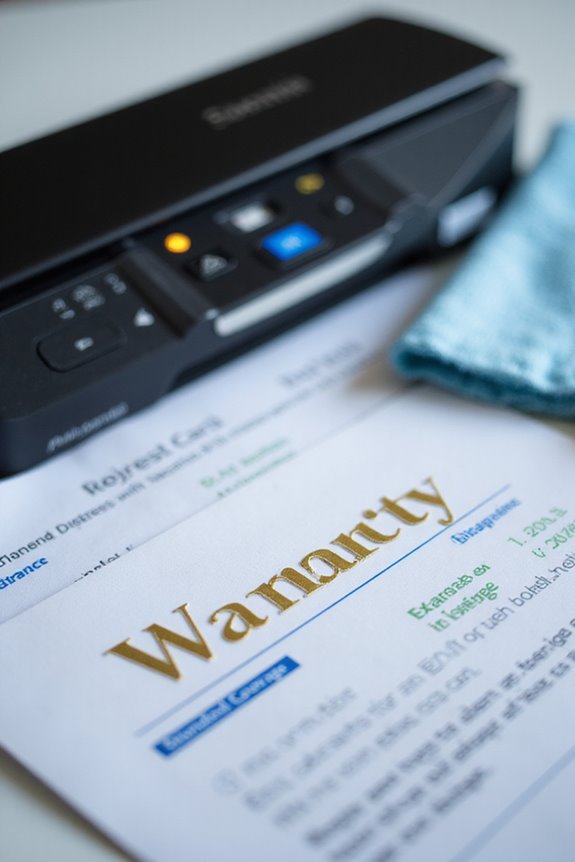
Accidental damage protection sets the stage for considering the financial implications of extended coverage. By evaluating cost savings, we can see how extended warranties prevent hefty out-of-pocket expenses for repairs. For instance, if a repair costs $300, an extended warranty could save us a significant amount over its term. This proactive approach to risk mitigation reduces the financial uncertainty associated with unexpected device failures. We also gain peace of mind knowing expert technical support is just a call away, enhancing device performance. It helps with better budgeting, allowing us to spread costs over time instead of facing surprise expenses. Overall, weighing these cost versus benefit aspects can aid in making a well-informed decision about extended coverage. Additionally, investing in HIPAA-compliant scanners can further safeguard your practice against costly data breaches and compliance issues.
Navigating the Claims Process for Repairs
Guiding the claims process for repairs can be straightforward if we follow the right steps. First, we initiate a claim submission by completing a detailed form—often through a dealer or online portal. We need to include essential information like the product model, purchase date, and a clear issue description. Using mobile apps can streamline this process by auto-filling warranty details. Once submitted, the warranty provider conducts a validation process to verify our claim against coverage terms. This may involve inspections or requests for further evidence. By providing accurate details, we increase our chances of success. If approved, we’ll receive updates on repairs or replacements, ensuring we’re informed every step of the way. It’s also beneficial to review the warranty duration to understand the time frame for potential claims and coverage.
Tips for Maximizing Your Warranty and Extended Coverage Benefits
After managing the claims process for repairs, understanding how to maximize our warranty and extended coverage benefits becomes the next step in ensuring our scanner remains in top shape. To avoid common warranty pitfalls, we should read the fine print and understand what’s covered, including parts and labor for manufacturing defects. If we notice any coverage gaps, like accidental damage not being included, we can consider an extended warranty. Investing in this can save us from significant out-of-pocket expenses. Plus, extended warranties often provide ongoing expert technical support, helping us maintain productivity. Let’s analyze the cost-effectiveness and get the most value out of our investments, ensuring our equipment stays reliable for years to come.
Frequently Asked Questions
How Do I Transfer My Warranty to a New Owner?
To transfer our warranty, we need to follow the warranty transfer process, ensuring we meet new owner requirements. This involves notifying the provider, preparing documentation, and possibly paying a transfer fee for completion.
Can I Purchase Extended Coverage After the Standard Warranty Expires?
Imagine a shield protecting our valuable scanner; we can still acquire that shield even after the standard warranty fades. But let’s check extended coverage eligibility before the warranty expiration options slip away.
What Happens if I Lose My Original Warranty Documentation?
If we lose our original warranty documentation, we should reach out to the retailer for a duplicate or contact the manufacturer directly. They might help us with warranty replacements using serial numbers or purchase verification.
Are There Any Geographic Restrictions for Warranty Service?
We can’t ignore the fact that warranty coverage often comes with geographic limitations. Depending on where we live, some services might not be available, so it’s essential to check local terms before making a purchase.
Can I Get a Refund on My Extended Warranty if Unused?
We can typically get a refund on our unused extended warranty. It’s essential to review the refund policy and explore warranty options to understand any fees or conditions that may apply. Let’s keep this in mind!




